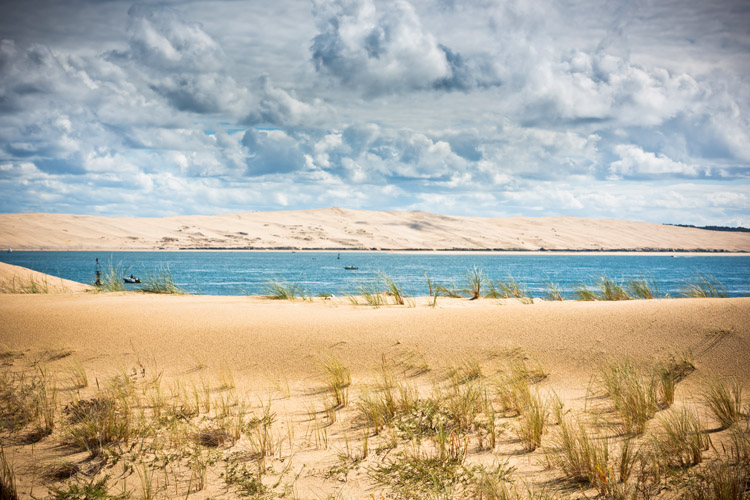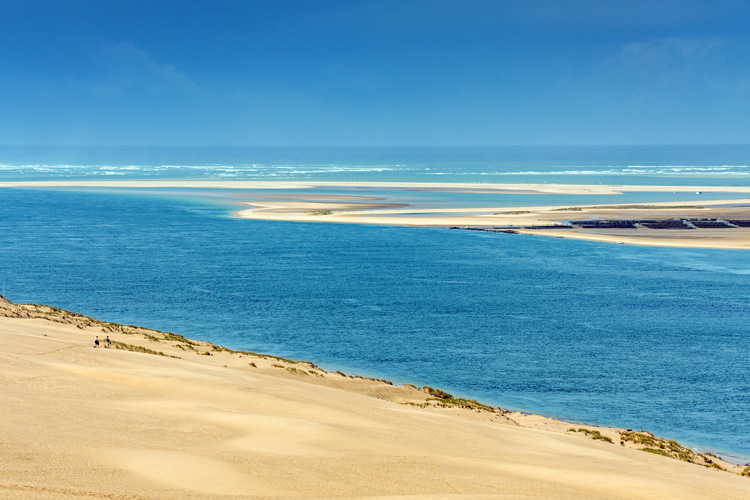Sand dunes are natural barriers against powerful waves and windy storms. Beach dunes are also a rich habitat for specific vegetation and wildlife.
The biggest and most common threats to sand dunes have a human origin - the construction of houses and condos, car parks, roads, piers, and groins, as well as sand mining and farming, are the worst enemies of these sandbanks.
The sea-level rise - a direct result of global warming - is also destroying these extraordinary natural fences.
But again, the human touch is always present.
There are dunes of all sizes, and they are constantly changing, shrinking, and growing. These small grainy mountains have five types of shapes: crescentic, dome, linear, parabolic, and star.
The wind plays a critical role in the life of a beach dune. When it's blowing onshore, it will help accumulate sand where there's an obstacle at the top of a beach - plants, for example.
If the wind blows offshore, it transfers sand from the dune down to the beach.

Sand Moving Back and Forth
This everlasting replenishment process works naturally.
However, when humans decide to alter this sensitive, grainy environment, the beach and the entire coastline change nearly overnight.
Sand is constantly moving back and forth in a dune, just like a river flows to the ocean, but only in the right amount and at the right pace.
Dunes might move backward one meter each year. Walking, running, and playing can irreversibly damage a beach dune.
In a desperate measure to save inland properties from the power of the sea, national and local authorities, as well as private parties, have been building artificial dunes by bulldozing sand from the shore break to the back beach zone.
But bulldozed dunes are not proper sand dunes. They lack the ideal sediment layers and get sand from where it is needed.
In the short term, these artificial sand hills will be destroyed by the elements.
Because dunes protect inland areas from swells, tides, and winds, they must be protected and defended like national treasures.
A strong and healthy beach dune is a powerful antidote against coastal erosion.

Dunes Protect Coastlines
In the second half of the 20th century, coastal planners also introduced sand fences in an attempt to hold sand on top of the dune.
Sometimes, it works really well; in other cases, it is simply ineffective as a dune restoration mechanism.
The ocean and the wind can have an unpredictable, destructive force on coastal regions.
Taking care of dunes is protecting people and their properties from uncontrollable variables.
Do we really need to keep constructing houses and buildings on the coastline?
The destabilization of the sand dunes will, sooner or later, destroy our favorite beaches and our childhood summer memories.
There's still time to change the way we care for dunes. Let the plants and the local animals do their job, avoid crossing the dune, and protest against the construction of new houses in sand dune systems.
Mt. Tempest (Moreton Island, Australia), Oregon Dunes (USA), the Dunes of the Skeleton Coast (Namibia), and Dune of Pilat (Arcachon, France) are some of the largest coastal dune systems in the world.
